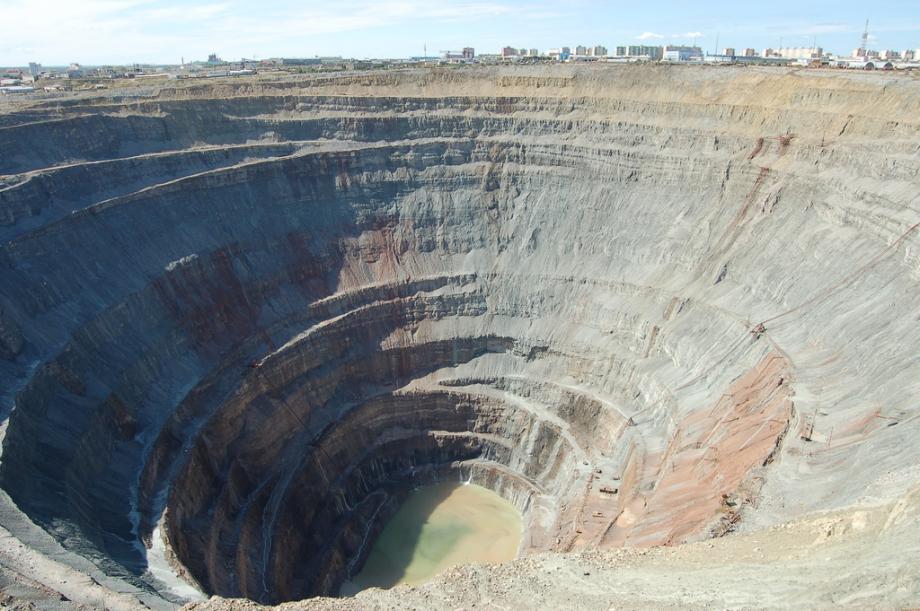Who Knew?
"I think the Mullers are just thoroughly enjoying being here and I think also they are keen to spread the word about Bell's legacy. To let people know he was responsible for so much more than just the telephone."
Mary Tulle, chief executive, Destination Cape Breton
Beinn Bhreagh (pronounced, ‘ban vreeagh’), is the historic estate of inventor Dr. Alexandre Graham Bell, and his wife, Mabel. The estate is situated near the town of Baddeck in Nova Scotia, on a beautiful peninsula that juts out into the Bras d’Or Lake and which forms the southern shore of Baddeck Bay. The Bras d’Or Preservation Nature Trust holds an easement on part of the estate, protecting both the land and the facade of the historic building, so as to maintain the natural beauty and cultural values of the estate.
A technological genius of fairly modern vintage is buried on a Cape Breton estate beside the Bras d'Or Lake fed by Atlantic waters, on 400 acres of prime real estate called Beinn Bhreagh. Alexander Graham Bell named it in memory of his native Scotland. He spent his teen years in Brantford, Ontario, but selected Cape Breton in 1889 because of its scenery, its Scottish heritage, and its proximity to Boston and Washington, D.C., where work often called him.
That vast estate is now owned by the Bell family, descendants of the man whose amazing intellect and radical experiments helped bring the world into the modern era. One of his great grandsons, Hugh Muller, now in his 80s, lives on the estate with his wife in a remodelled house, once a workshop where his world-famous ancestor used to experiment with tetrahedron kites. Not just any kites, these were used in Canada's first airplane.
The 1,000-square-foot Kite House is now home to Hugh and Jeanne Muller. The complex within the 500-acre Beinn Bhreagh on Cape Breton holds 14 homes; the Mullers the only descendants to live there now year-round. Now long retired, Mr. Muller worked as a member of the U.S. National Park Service in Florida, and later became an adjunct professor at University of Michigan.
"Bell was easily distracted. So he had different stations where he would force himself to focus on just one thing. In the Kite House, he would just work on the kites and the aviation projects he was interested in. Then there was an area up the hill on the estate with the sheep and chickens where he worked on genetics. Another area near the water was where he worked on the hydrofoil."The hydrofoil was an watercraft built with a Renault engine. It set a speed record of 114 kilometres per hour in 1919, a record unmatched for the next two decades. The watercraft was away head of its time, a project that Bell worked on with his business partner, Casey Baldwin. They also worked on a plane they named the Silver Dart, rivalling the Wright brothers' accomplishment in Kitty Hawk, N.C.
Hugh Muller
The Silver Dart made over 200 flights along with an 800-metre flight at 65 kilometres per hour on its first day of operation in Baddeck, Nova Scotia on February 23, 1909. It flipped on a trial show run in Petawawa, where Bell and Baldwin were attempting to convince the Canadian military that airplanes represented an advanced component of the nation's future armed forces.
"But Canada didn't think airplanes would be used in war. Then World War I happens and of course airplanes are part of the weaponry, but by then he had moved on to the hydrofoil." And it is worthwhile noting that Alexander Graham Bell was indebted to his wife Mabel, because she piloted the watercraft occasionally, driving it on the lake between the estate and the town of Baddeck.
Labels: Canada, Heritage, Technology

























